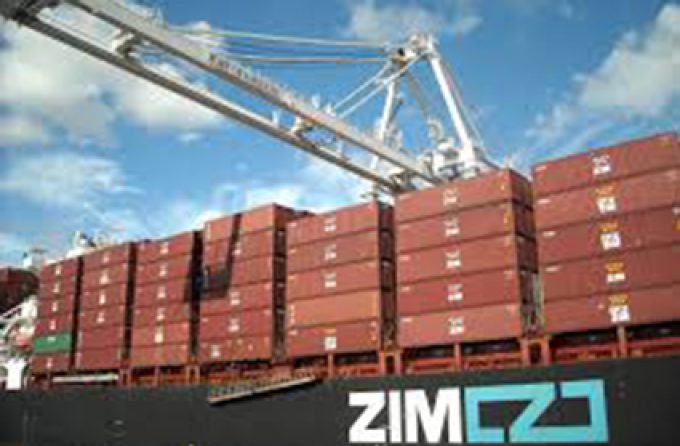After stellar ZIM delivery, it's 'happy birthday' to the Red Sea crisis
One year of joy for some

New York Stock Exchange-listed container line Zim is looking to accelerate its growth via acquisitions, after recording a net profit of $888m in the second quarter from a 44% increase in its liftings.
The Israeli carrier’s Q2 profit was higher than that accumulated over the past five years.
Revenue for the second quarter was $2.38bn, compared with $795m in Q2 20, from carryings of 921,000 teu, with a well-above industry par average rate of $2,341 per teu.
Its net income at the half-year ...
Maersk Air Cargo sees volumes fall as it aims for 'margin in favour of revenue'
Keep our news independent, by supporting The Loadstar
Container spot rates diverge: to Europe still falling, but firmer to the US
Hapag-Lloyd won't take bookings if port congestion leaves cargo stranded
Ecommerce likely the front-runner in resurge of transpacific trade after deal
Airfreight players eye new routes as demand on the transpacific nosedives
China-US trade tariff pause could drive a rebound for transpacific rates
Service chaos from trade ban with India a problem for Pakistan shippers
Airfreight rates ex-China 'loss-making', but hopes of a trade deal stay high
Indian coastal freight attracts major carriers, but regional tension disrupts
Serious threat to jobs in US logistics as tariffs cause economic 'stagflation'
APMM floats along on 'solid' Q1 profitability in Ocean, well prepared for choppy water

Comment on this article